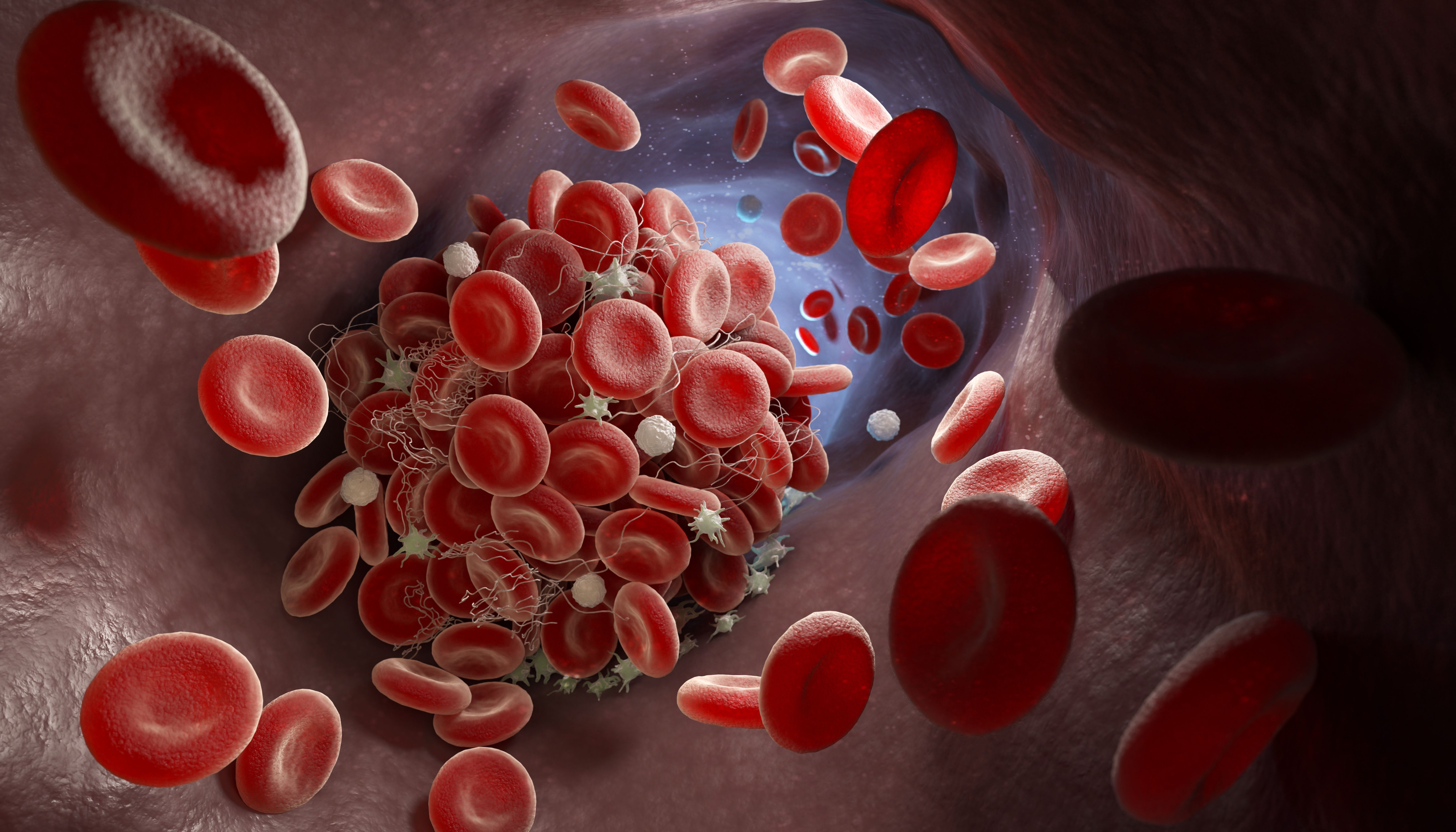Video
How Translational Research Brings Research Outcomes To The Bedside
Author(s):
As a guest speaker at the 2019 MPN Heroes ® Recognition Ceremony, Dr. David C. Fajenbaum had the chance to discuss how translational research is a vital part of getting the right treatment to patients with cancer.
Getting research done in the lab and bringing it to the bedside of the patient requires the additional step of translational research that researchers and clinicians take to literally translate the data to a clinical setting with real patients, according to Dr. David C. Fajenbaum.
Fajenbaum, co-founder and the executive director of the Castleman Disease Collaborative Network, assistant professor of medicine in the Division of Translational Medicine & Human Genetics at the University of Pennsylvania and a Castleman disease survivor, spoke to a group of experts and patients with myeloproliferative neoplasm (MPN) at the 2019 MPN Heroes® Recognition Ceremony as a guest speaker. In his talk, Fajenbaum discussed the future of the MPN landscape and how researchers bring lab research to the patient’s bedside.
After the event, CURE® had the chance to speak with Fajenbaum on the importance of translational research and how it is a vital step for patients to get the treatment they need.
TRANSCRIPTION
We run a lab that really is, the term is translational research, and translational meaning that we translate work that we do in the dish, in mice and animal models, and we try to translate those findings into clinical trials for humans. It's kind of everything from mouse work all the way through human clinical trials, and I found, through so many colleagues in the American Society of Hematology and MPN experts, that it's so critical to be translational in research.
If we just focus on our one area, it's very difficult for all the pieces or all of the stars to align to get from an early discovery in the lab to humans. But it's really critical when you can be part of a program that really has that arch and it goes all the way from, the term is from bench to bedside, the laboratory bench all the way to helping patients and also back.
So, as we learn things at the bedside from patients, we then go back into the lab and run experiments based on what we see in the human. I think that constant translation back and forth is something that we do really well at Penn, but it's something that so many others do as well, and I think that's the only way we can truly make the progress we need.




